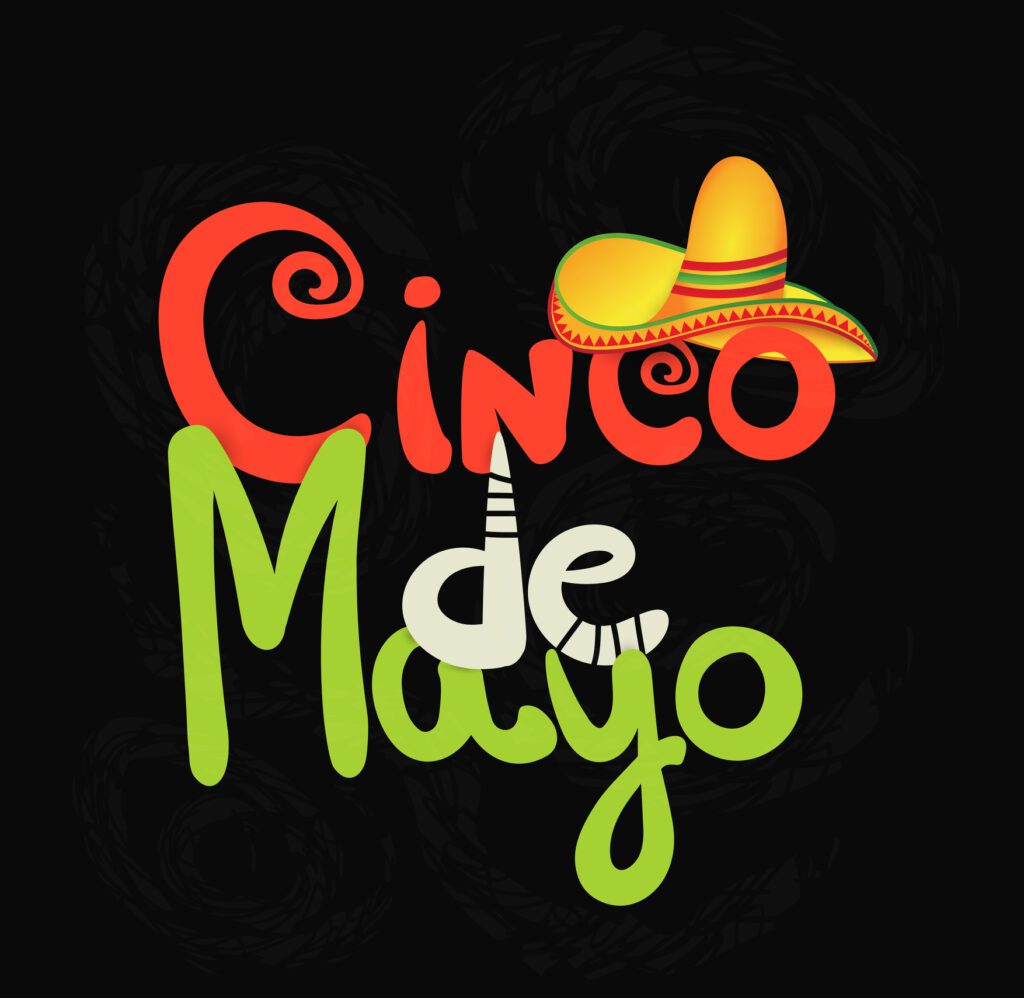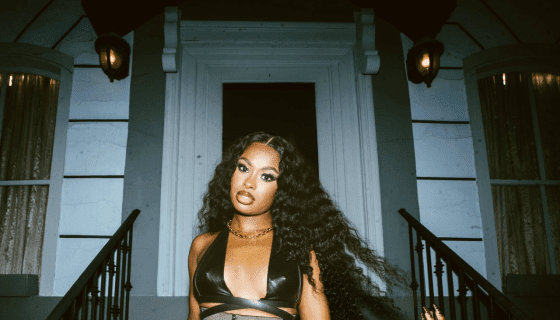Source: BojanMirkovic / Getty
Americans are always looking for another reason to celebrate especially when it involves drinks after work. Cinco De Mayo is the annual celebration held on today, May 5 to commemorate the Mexican Army’s victory over the French Empire at the Battle of Puebla in 1862. The traditional celebration is usually filled with parades, food, music, dancing and battle reenactments. It seems like Americans celebrate the holiday more than Mexicans these days. There is one part they don’t teach you in the history books: How Cinco De Mayo is linked to African American history. Take a look at five fast facts about the holiday and how Africans are tied into it all.
1. Roughly 200,000 Africans Were Enslaved In Mexico
How often we forget just how vast the Transatlantic Slave Trade was at the time. Around 200,000 enslaved Africans were imported into what is now Mexico between 1520s and 1829, when the practice was eventually abolished in the nation.
2. There Are Over 1.4 Million Afro-Mexicans In This Country
According to The Guardian, a 2015 survey from Mexico’s statistics institute estimated the Afro-Mexican population at 1.3 million. It also lists that observers expect the census to put the current total at around 2 million – mostly in Guerrero, Oaxaca and Veracruz states. Before 2015, Afro-Mexicans were not recognized on the census though 1.2 percent of the population noted they had African ancestry.
3. Mexico’s Forgotten Ethnic Group
Racism affects Afro-Mexicans similarly to the way it affects Blacks in America. Mexicans of African descent are targeted due to the color of their skin. They face similar challenges as their peers in America, including poverty, racial profiling and health disparities. Black Mexicans weren’t even recognized until most recently. Afro-Mexicans are still working tirelessly to gain visibility and acceptance in their country.
4. Afro-Mexican Major Contributions
Afro-Mexicans helped advance the Mexican silver mining industry and develop farmland and sugar plantations during their enslavement. They were also vital in overthrowing Spanish rule during the War of Independence in which we celebrate today. It is to be said that the second post-Mexican Revolution’s President Vicente Guerrero was an afromestizo, mixed race Afro-Mexican, with possible Filipino ancestry.
5. Afro-Mexicans Make Up The Greater Part of Mexican Culture
Mexican cuisine shows heavy African influence with its use of peanuts, plantain and tropical fruits like cassava, malanga, taro and sweet potatoes.
The true African legacy in Mexico comes from music and dance. Veracruz’s son jarocho style of music, which most people recognize as La Bamba. Also Danza de los Diablos along the Costa Chica and the use of the typically Afro-Mexican musical intrsuments guijada, a percussive made from donkey jawbone, and bote which is a friction drum all derived from African musical teachings.
So before you go out and have your tacos and drink your tequila, discover just how closely related Black culture and its’ rich history is to Mexico’s and Afro-Mexicans. Share some of these facts with friends and bring awareness to the ethnic group that was once forgotten amongst Mexican culture.







